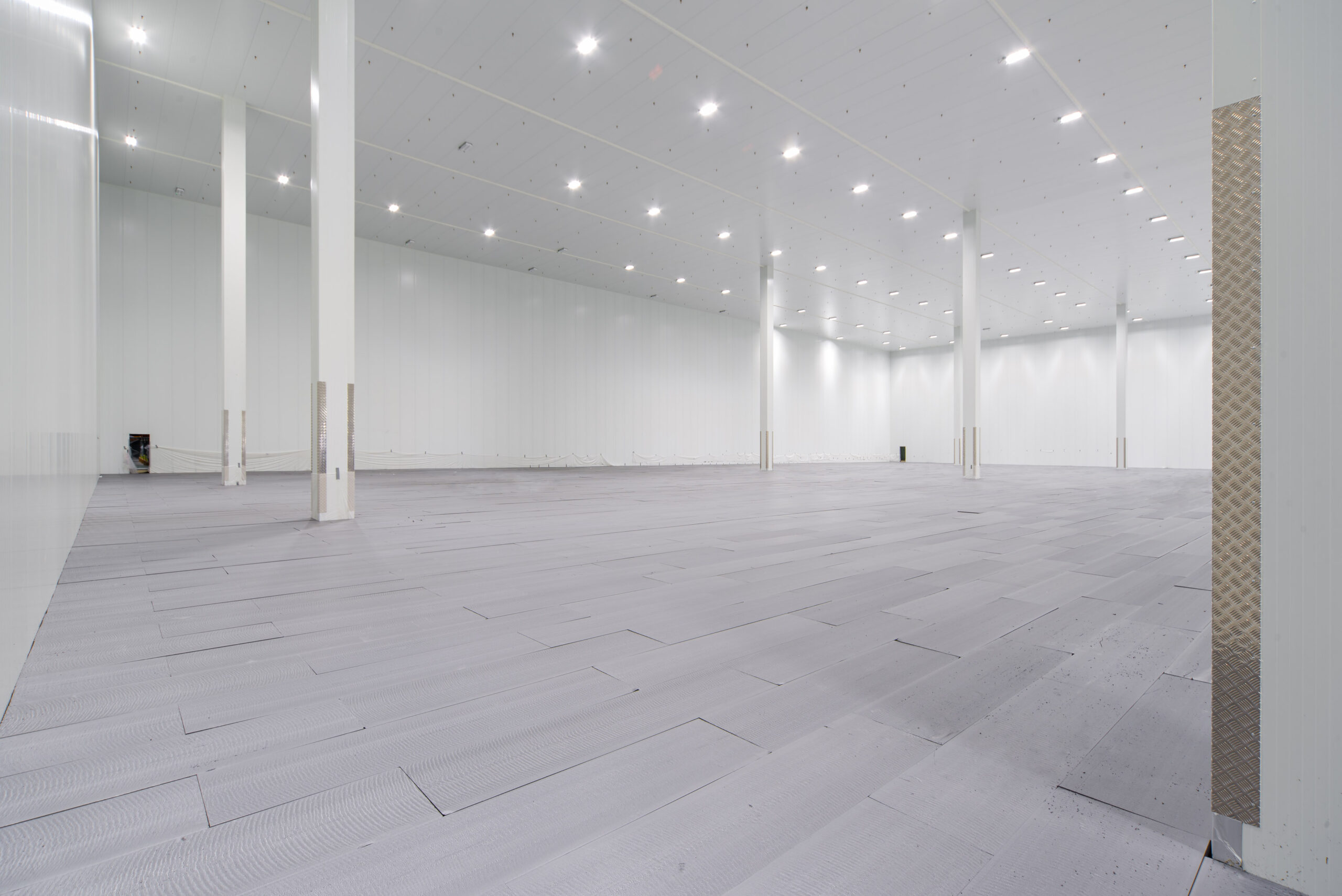Coldstore operators are struggling to manage the dual challenge of combating spiralling operating costs and minimising their carbon footprint. Inflationary pressures are squeezing margins and forcing businesses to explore ways of optimising their building’s performance. The P & M Group has launched the second in its trilogy of white papers to highlight the hidden costs of a coldstore, this time with its group company ISD Solutions. We explore how investing in thermal efficiency and air tightness can help boost the triple bottom line of People, Profit and Planet.
Pressure is ramping up from all stakeholders to reduce environmental impacts and adopt more sustainable practices. Coldstores consume a great deal of energy and have a key role to play in helping the UK achieve its Net Zero goals. Our white paper trilogy highlights key topics to improve operational performance. The first in the series, with P&M Group member PLG Insulations, explored the impact of pipework insulation, and the latest instalment shifts the focus to thermal efficiency and air tightness of the envelope.
Minimising air leakage and improving thermal efficiency is the ideal way to combat rising refrigeration costs whilst supporting your decarbonisation pathway. Making the wrong material and contractor choices can have wide reaching consequences in terms of driving up operational and maintenance costs and increasing emissions. Yet it can also lead to leakage, damage to facilities and major health and safety implications.
Paying more attention to design fundamentals, putting in place good maintenance regimes and seeking expert advice is key to securing the most effective solution. A large part of that involves changing mindsets and shifting the focus from project price to securing long term value.
We explore how the build-up of ice due to water ingress will increase a panel’s thermal value. We modelled various calculations on a high bay facility measuring 129m x 67.3m x 35m and estimated that ice build-up could result in using an extra 60kWh of energy. At current energy prices, that would cost the business around £132,000 per year, not to mention 101 tonnes of additional CO2e emissions.
It is critical to look beyond initial expenditure to the total cost of ownership. Selecting the right type of panel and a contractor who prioritises quality will also reduce operational risks and prioritise health and safety.
The report goes on to explain how improving air tightness is critical in driving energy efficiency and improving operational performance. By employing a quality contractor and having proper air tightness measures installed, you could potentially halve the industry standard air leakage on your facility. Key considerations include using effective vapour sealing and panel joint bonding and making the correct choice of doors.
Regardless of which type of coldstore you are constructing or maintaining, the most important factors for thermal efficiency and air tightness are your sandwich panels, the envelope construction details and the integrity of thermal continuity an vapour sealing.
We are committed to sharing our expertise and providing valuable insight into the environmental and cost benefits of improving the energy efficiency of your coldstore fabric. The third and final instalment in the series, to be published later this year, will go on to focus on the importance of good operational procedures for doors and openings.
There has never been a better time to embrace thermal efficiency and air tightness in your temperature-controlled facility. Talk to us about how our sustainable solutions can help future proof your operation.
